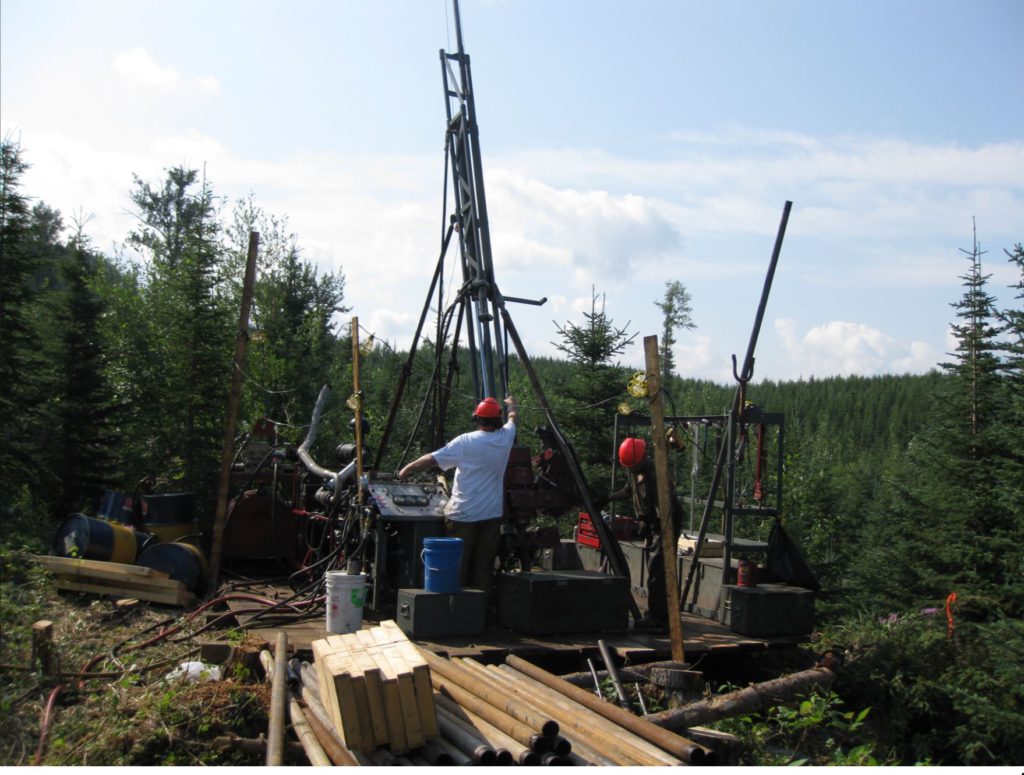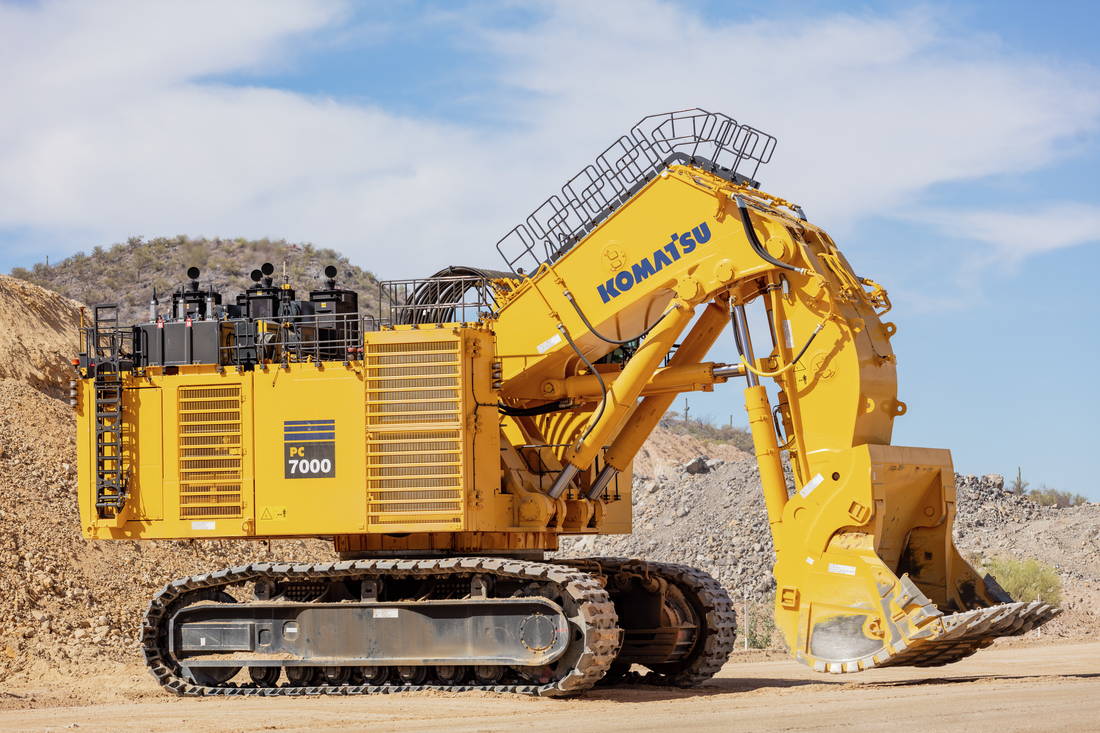Defense Metals improves REE recoveries for Wicheeda ore with acid-bake process

Defense Metals (TSXV: DEFN) has released initial results of the alternative acid-bake process testing samples from the company’s Wicheeda rare earth element (REE) project in British Columbia.
This hydrometallurgy program, which started in December 2021 and includes pilot plant operations, is being conducted by SGS Lakefield.
Over 20 tests on several samples have been completed to date to investigate the impact of bake conditions including acid addition, concentrate grade and bake temperature.
The previous hydrometallurgical flowsheet that was included in the Wicheeda preliminary economic assessment (PEA) was based on a more costly and complex gangue leach-caustic crack process. Upon joining the team, Defense Metals’ lead metallurgical consultant, John Goode, recommended investigation of the acid-bake process for the Wicheeda ore.
The initial test shows that adoption of the sulphuric acid-bake approach can result in improved REE extraction. Across all tests, including those under sub-optimal conditions, the neodymium-praseodymium extraction is 94%, with better test results showing 97% to 99% extraction.
The testing program will be concluded in the last quarter of 2022, providing data to allow a detailed design as well as capital and operating cost calculations.
“We are delighted that the acid-bake process has yielded higher recoveries of rare earths and offers the potential to significantly reduce operating and capital costs, thus improving project economics and further establishing Wicheeda as a potential near-term source of rare earths,” Luisa Moreno, president of Defense Metals, said in a news release.
The 100% owned Wicheeda project is located 80 km northwest of Prince George, B.C. It is strategically positioned along a major forestry service road that connects to BC Highway 97. A hydroelectric power line, a gas pipeline and a Canadian National Railway line are also available nearby.
The 2021 preliminary economic assessment on Wicheeda contemplated an open pit mine and 1.8 million t/y mill with a 19-year life, producing 25,423 tonnes of rare earth oxides annually. The project has an after-tax net present value with an 8% discount of $517 million ($409m) and an internal rate of return of 18%.
{{ commodity.name }}
{{ post.title }}
{{ post.date }}

Comments